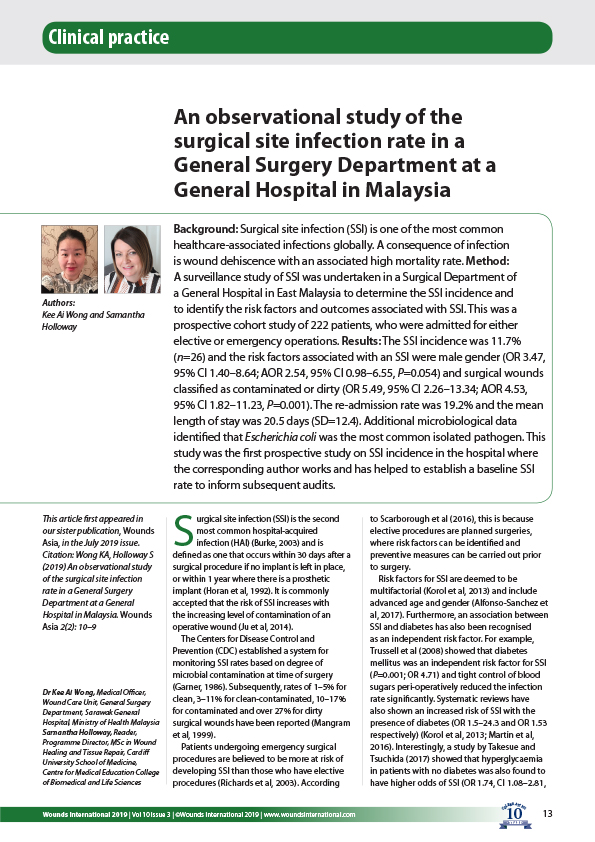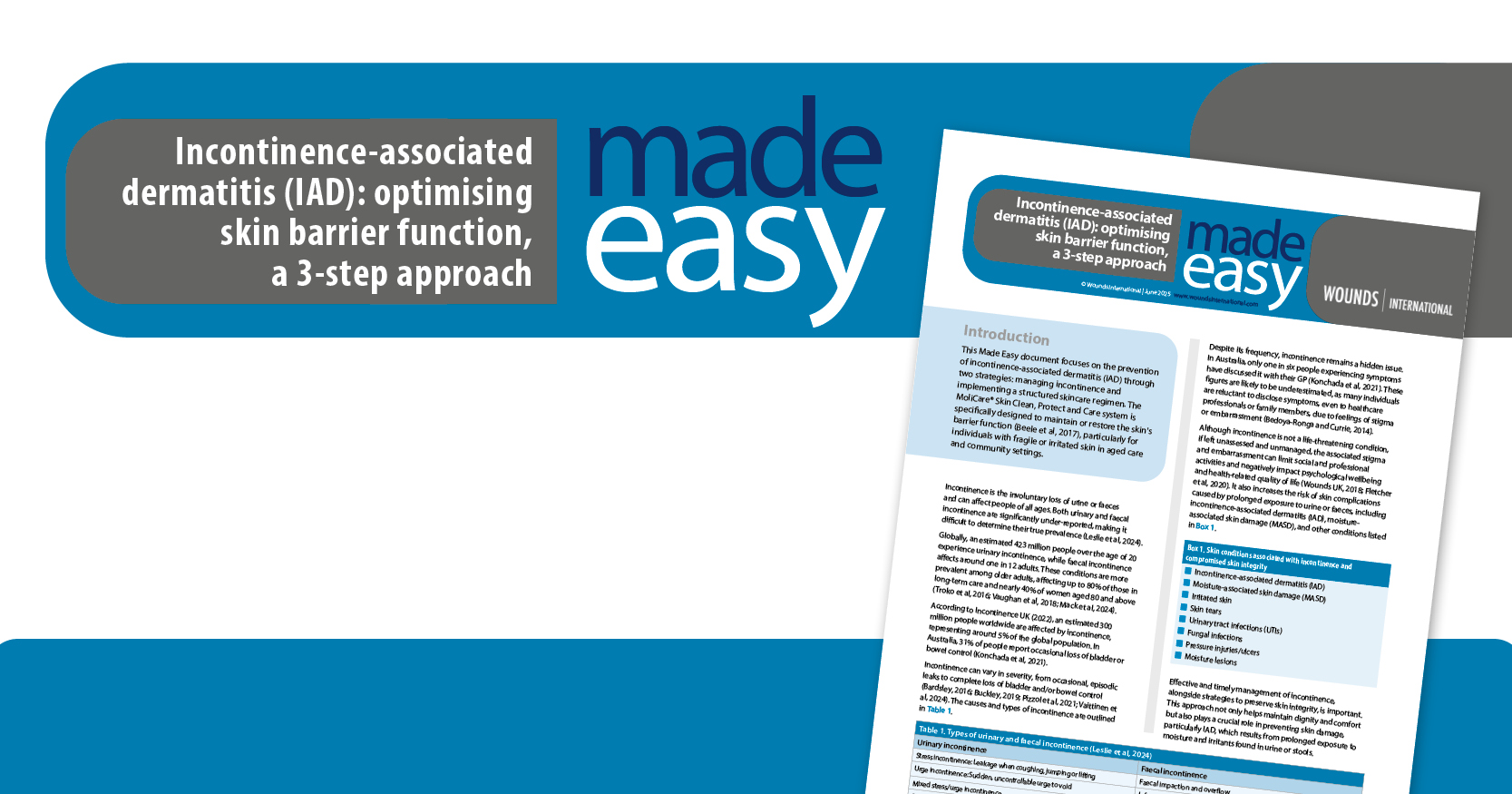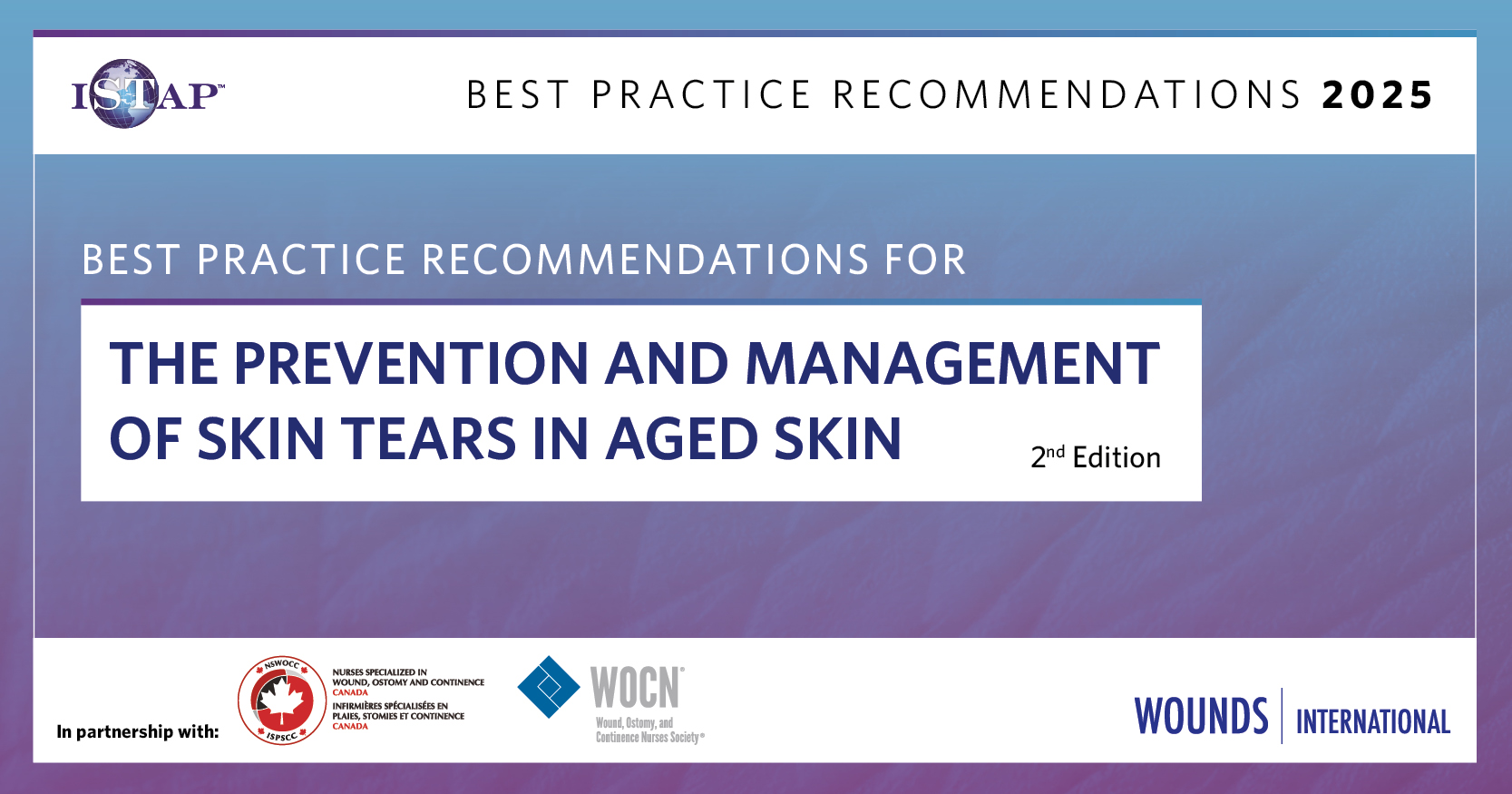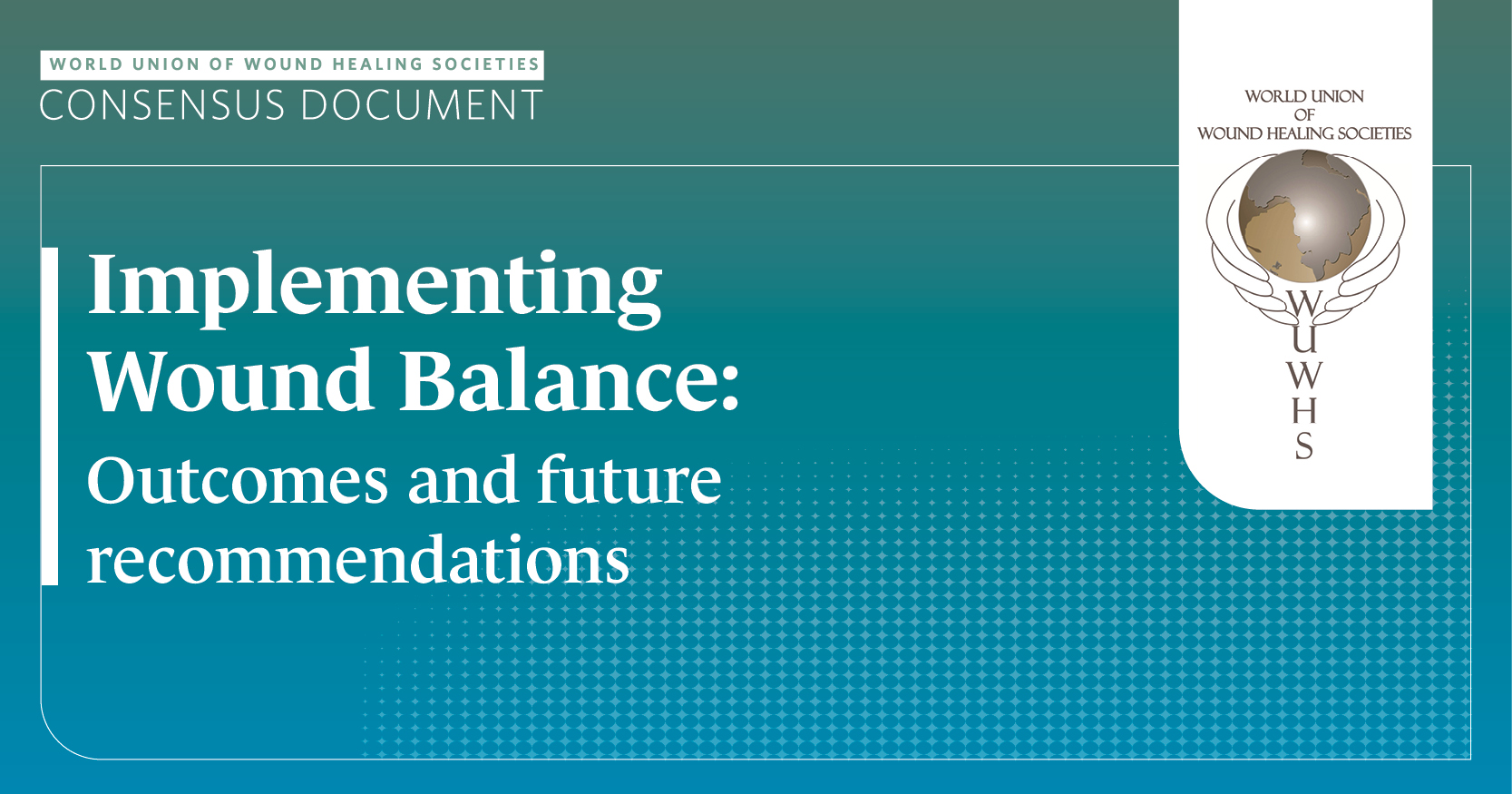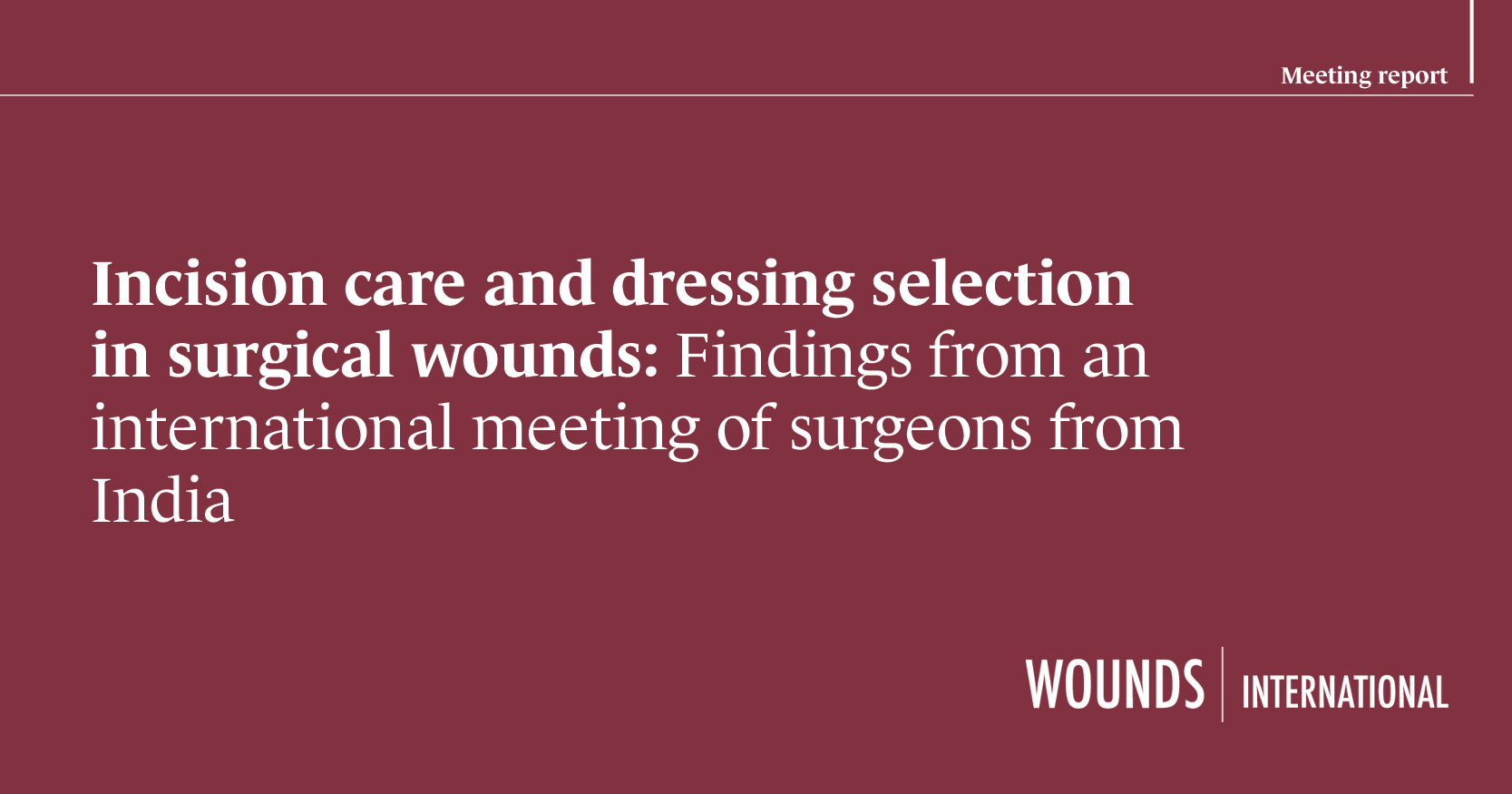Background: Surgical site infection (SSI) is one of the most common healthcare-associated infections globally. A consequence of infection is wound dehiscence with an associated high mortality rate.
Method: A surveillance study of SSI was undertaken in a Surgical Department of a General Hospital in East Malaysia to determine the SSI incidence and to identify the risk factors and outcomes associated with SSI. This was a prospective cohort study of 222 patients, who were admitted for either elective or emergency operations.
Results: The SSI incidence was 11.7% (n=26) and the risk factors associated with an SSI were male gender (OR 3.47, 95% CI 1.40–8.64; AOR 2.54, 95% CI 0.98–6.55, P=0.054) and surgical wounds classified as contaminated or dirty (OR 5.49, 95% CI 2.26–13.34; AOR 4.53, 95% CI 1.82–11.23, P=0.001). The re-admission rate was 19.2% and the mean length of stay was 20.5 days (SD=12.4). Additional microbiological data identified that Escherichia coli was the most common isolated pathogen. This study was the first prospective study on SSI incidence in the hospital where the corresponding author works and has helped to establish a baseline SSI rate to inform subsequent audits.

